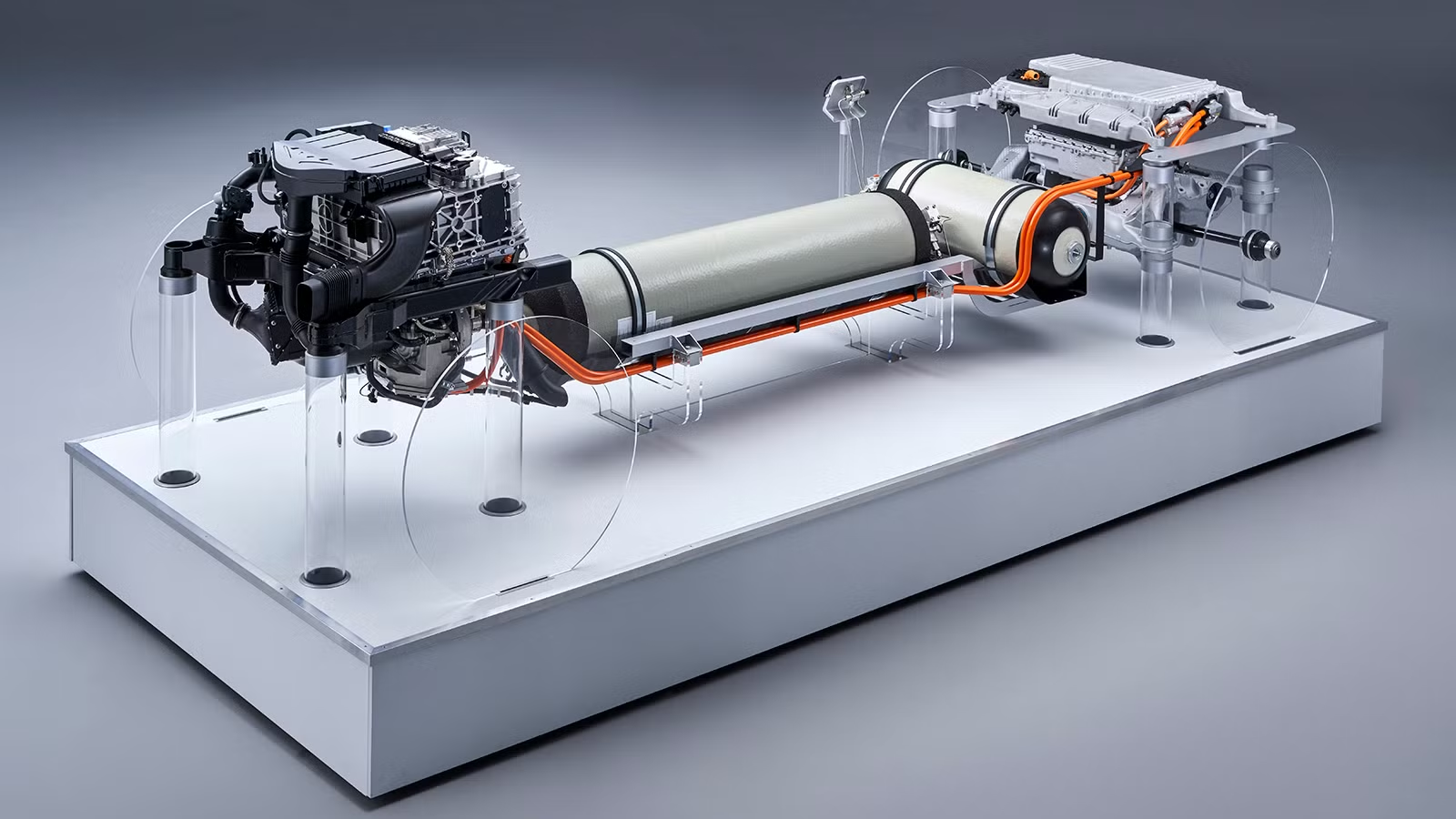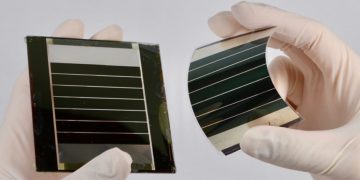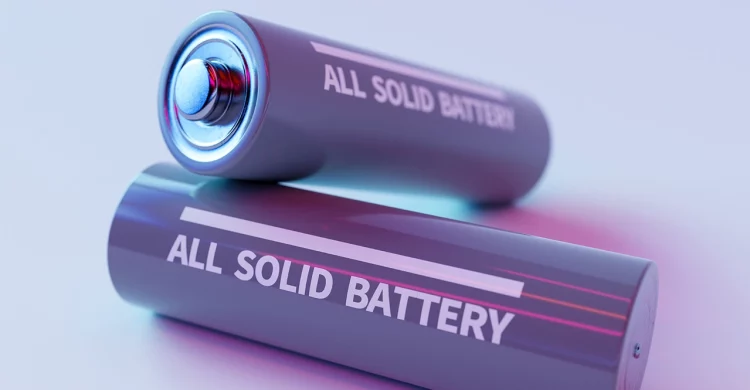Introduction
As the world increasingly turns to renewable energy sources such as solar and wind, efficient and reliable energy storage has become one of the most critical components for a sustainable future. However, renewable energy is often intermittent, meaning it’s not always available when needed. This challenge can be addressed through advancements in battery technology, which is evolving rapidly to support the growing demand for clean, sustainable energy. In recent years, breakthroughs in battery technologies, such as solid-state batteries and sodium-ion batteries, are showing great promise in revolutionizing energy storage systems. These technologies aim to improve energy density, charge times, safety, and longevity, while also addressing the environmental impacts of traditional lithium-ion batteries. This article will explore these exciting developments and discuss how these innovations are paving the way for a more sustainable and energy-efficient future.
1. Solid-State Batteries: The Next Frontier in Energy Storage
1.1 What Are Solid-State Batteries?
Solid-state batteries (SSBs) are considered one of the most promising innovations in the field of energy storage. Unlike conventional lithium-ion batteries, which use a liquid or gel electrolyte to facilitate the flow of ions, solid-state batteries use a solid electrolyte. This structural change offers numerous advantages, including improved energy density, enhanced safety, and longer battery life.
Solid-state batteries are particularly exciting because they can theoretically store more energy in a smaller, lighter package, making them ideal for applications like electric vehicles (EVs), portable electronics, and renewable energy storage. Researchers are actively working to overcome challenges like manufacturing scalability and cost, but the potential benefits of solid-state batteries are undeniable.
1.2 Advantages of Solid-State Batteries
- Higher Energy Density: Solid-state batteries have the potential to store up to 50% more energy than their liquid-based counterparts. This means devices powered by solid-state batteries could run longer or be smaller in size for the same power output.
- Improved Safety: One of the biggest concerns with conventional lithium-ion batteries is their susceptibility to overheating, leakage, or even combustion. Solid-state batteries, by contrast, are less likely to catch fire due to the absence of a flammable liquid electrolyte, making them inherently safer.
- Longer Lifespan: The solid electrolyte in these batteries can help mitigate issues like dendrite formation, which is a key cause of battery degradation. This leads to a longer lifespan and better performance over time, which is crucial for both consumer electronics and grid-level energy storage.
- Faster Charging Times: Because of their higher conductivity, solid-state batteries could also offer faster charging times compared to conventional lithium-ion batteries. This could be a game-changer for electric vehicles and mobile devices.
1.3 Challenges in Solid-State Battery Development
Despite their advantages, solid-state batteries still face significant challenges that need to be addressed before they can be widely adopted. Some of these challenges include:
- Manufacturing Scalability: Producing solid-state batteries on a large scale is currently more difficult and expensive than traditional battery technologies. Advances in manufacturing techniques and materials are needed to make solid-state batteries commercially viable.
- Material Costs: The materials used for solid-state electrolytes, such as lithium or ceramic-based materials, are often expensive and may not be abundant enough for mass production.
- Low Temperature Performance: Some solid-state batteries struggle to perform in extremely cold temperatures, which could be a significant limitation for certain applications, especially in colder regions.
2. Sodium-Ion Batteries: A Promising Alternative to Lithium-Ion
2.1 What Are Sodium-Ion Batteries?
Sodium-ion batteries (SIBs) are another exciting alternative to traditional lithium-ion batteries. While lithium-ion batteries use lithium as the charge-carrying ion, sodium-ion batteries use sodium ions, which are more abundant and less expensive than lithium. This makes sodium-ion batteries a promising option for reducing the cost and environmental impact of energy storage technologies.
Sodium-ion batteries operate similarly to lithium-ion batteries, with a positive electrode (cathode), a negative electrode (anode), and an electrolyte that allows ions to move between them. Despite some challenges, such as lower energy density compared to lithium-ion, sodium-ion batteries offer significant benefits in terms of sustainability and cost-effectiveness.
2.2 Advantages of Sodium-Ion Batteries
- Lower Cost: Sodium is more abundant and cheaper than lithium, which makes sodium-ion batteries less expensive to manufacture. This could dramatically lower the cost of energy storage systems, making them more accessible for large-scale applications like grid storage or electric vehicles.
- Environmental Benefits: Sodium-ion batteries have a lower environmental footprint compared to lithium-ion batteries. The extraction of lithium is often associated with environmental degradation and human rights concerns, while sodium is widely available and does not present the same issues.
- Better Performance at Low Temperatures: Sodium-ion batteries tend to perform better in colder conditions compared to lithium-ion batteries, which lose efficiency in low temperatures. This makes sodium-ion batteries a promising option for applications in regions with harsh winters.
- Recycling Potential: Sodium-ion batteries are easier to recycle than lithium-ion batteries, as sodium does not require the complex extraction processes associated with lithium. This makes sodium-ion batteries more sustainable in the long term.
2.3 Challenges in Sodium-Ion Battery Development
Despite their promise, sodium-ion batteries still face challenges that researchers must overcome:
- Lower Energy Density: Sodium-ion batteries generally have lower energy density than lithium-ion batteries, meaning they store less energy per unit of weight. This makes them less suitable for certain applications, such as mobile electronics, where high energy density is crucial.
- Cycle Life and Efficiency: Sodium-ion batteries tend to degrade more quickly than lithium-ion batteries, especially when used for long-term energy storage. Researchers are working to improve the efficiency and cycle life of sodium-ion batteries to make them more competitive with other technologies.

3. Other Emerging Technologies in Energy Storage
3.1 Lithium-Sulfur Batteries
Lithium-sulfur (Li-S) batteries are another emerging technology that shows potential for high-energy storage. These batteries use sulfur as the cathode material instead of conventional metal oxides, which can lead to higher energy densities. Li-S batteries could offer a solution to some of the limitations of current lithium-ion technology, such as lower weight and higher capacity.
However, challenges such as sulfur’s poor conductivity and the risk of rapid degradation are hurdles that need to be overcome before Li-S batteries can be commercialized on a large scale.
3.2 Flow Batteries
Flow batteries, unlike solid-state or lithium-ion batteries, store energy in external tanks of liquid electrolyte. This design allows for longer storage durations, making them ideal for large-scale energy storage applications, such as grid balancing. Flow batteries are gaining attention as a viable solution for renewable energy storage, as they can store significant amounts of energy for longer periods and are highly scalable.
However, they face challenges in terms of energy density and efficiency, which researchers are working to address.
3.3 Graphene-Based Batteries
Graphene, a single layer of carbon atoms arranged in a two-dimensional lattice, has the potential to revolutionize energy storage. Graphene-based batteries are expected to have much faster charging times, higher energy densities, and longer lifespans than current technologies. While graphene batteries are still in the research and development phase, they hold the promise of significantly improving the efficiency and sustainability of energy storage in the future.
4. The Future of Sustainable Energy Storage
The future of sustainable energy storage lies in the development of more efficient, affordable, and environmentally friendly battery technologies. While solid-state and sodium-ion batteries are leading the charge, other emerging technologies, such as lithium-sulfur and flow batteries, are also showing promise.
As these technologies evolve, they will play a crucial role in addressing global energy challenges, particularly in enabling the widespread adoption of renewable energy sources. Improved energy storage solutions will help stabilize the grid, reduce carbon emissions, and make renewable energy more accessible to consumers and industries alike.
With continued investment in research and development, the next generation of battery technologies will be more efficient, longer-lasting, and cheaper, accelerating the transition to a sustainable, low-carbon economy.


















































Discussion about this post